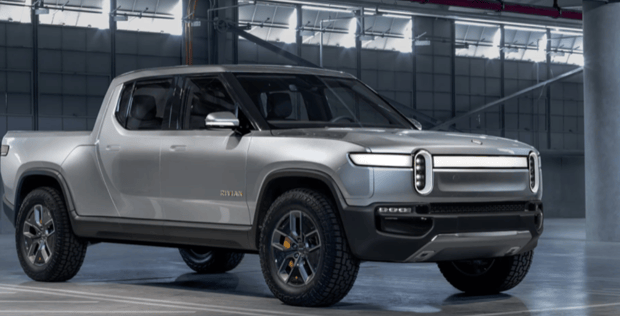
In order to refine the tax system to further ensure that it's fair for all Canadians, the government extended taxes on recreational luxury vehicles effective September 1st, 2022.
All vehicles ordered AFTER January 1st and imported or delivered AFTER September 1st, 2022 became subject to the Federal “Select Luxury Items Tax Act” that applies to all new vehicles with a purchase price of over $100,000. As of January 2023, the luxury tax act has been in place for 5 months.
Does your new vehicle or fleet purchase fall under these guidelines? Read this blog to find out how to calculate your vehicle’s luxury tax, and understand the exceptions. Plus, learn how to apply Canada’s Luxury Tax in 2023.
How is a Subject Vehicle Defined?

The luxury tax will apply to vehicles that meet the definition of subject vehicle under the Act and are priced or valued above the $100,000 price threshold, unless an exception applies.
Under subsection 2(1) of the Canadian Tax Act, a subject vehicle means a motor vehicle that meets all of the following conditions:
- it is designed or adapted primarily to carry individuals on highways and streets
- it has a seating capacity of no more than 10 individuals
- it has a gross vehicle weight rating that is 3,856 kg or less
- it has a date of manufacture after 2018
- it is designed to travel with four or more wheels in contact with the ground
Examples of subject vehicles include sedans, coupes, hatchbacks, convertibles, sport utility vehicles and light duty pickup trucks. However, there are exclusions to the tax such as policing vehicles, medical service vehicles and hearses. For a full list of vehicles excluded from the luxury tax, please visit here.
Modifications to a subject item may also attract the tax. For example, a person will be required to self-assess tax on the consideration paid for modifications if:
- The modifications were installed or made within 12 months after the day the sale of the subject item to the person was completed, and luxury tax applied to the initial sale; and
- The total consideration paid for the modifications equals or exceeds $5,000.
Will the Luxury Tax Apply to Leases?
A lease of a subject item is not considered to be a sale under the Luxury Tax regime. Lessors that carry on a business of leasing, but not selling, are not required to register and the Luxury Tax would, instead, apply when the lessor purchases a subject item.
The cash flow effect of this tax should be considered when determining upfront charges and periodic lease payments charged by the lessor to the lessee. Registered vendors that lease subject items would be required to self-assess the tax when moving the subject item from inventory to lease.
How is the Luxury Tax Calculated?
The tax will be calculated as the lesser of:
- 20% of the retail sale price above the relevant price threshold ($100,000 for vehicles); or
- 10% of the retail sale price of the subject vehicle.
The tax will apply at the point of purchase (i.e. dealer invoice) if the final sale price paid (including applicable duties, charges, and taxes other than GST/HST or provincial sales tax) is above the price threshold.
Example Tax Calculation
|
2023 MY SAMPLE VEHICLE |
$105,000 no upfitting/modifications |
Lessor of: $5000 x 20% = $1,000 or $105,000 x 10% = $10,500 |
|
2023 MY SAMPLE VEHICLE |
$90,000 + $15,000 upfitting/modifications = $105,000 |
Lessor of: $5000 x 20% = $1,000 or $105,000 x 10% = $10,500 |
At Foss National Leasing, we have provided your account manager with the necessary training and understanding of the new Luxury Tax. Please contact your account manager for any questions or comments.
Next Step:
Download our guide - Best Practices for Your Fleet: Policy Recommendations to Improve Performance. It provides proven advice on how to optimize your company driving policy, and better protect your company.






.jpeg)


